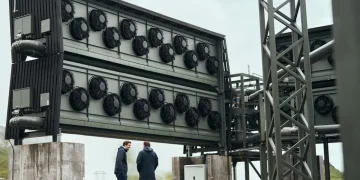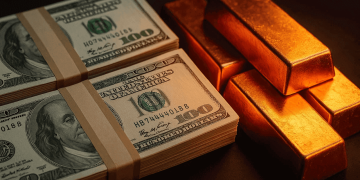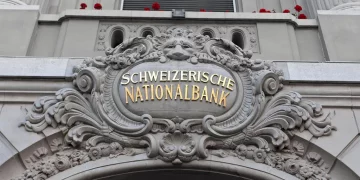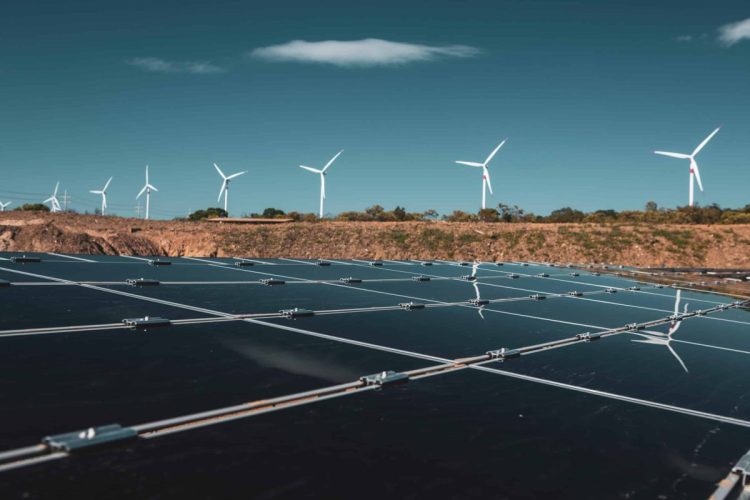Introduction: A Continent Under Pressure
Europe’s energy crisis, ignited by geopolitical tensions and supply constraints, has reshaped not only its domestic economic landscape but also global financial markets. The sudden and severe shortages of natural gas, coupled with soaring electricity and fuel prices, have thrown industries into turmoil, heightened inflation, and triggered a continent-wide search for alternative energy sources. For investors and policymakers alike, understanding how these shifts are playing out across sectors and countries is critical for navigating the volatile environment in 2025 and beyond. The energy crisis is not merely a temporary disruption—it is catalyzing long-term economic transformations with profound implications.
Root Causes of Europe’s Energy Crisis
The seeds of Europe’s energy predicament were sown over several years but sprouted dramatically following geopolitical tensions, most notably the Russia-Ukraine conflict. Europe’s heavy reliance on Russian natural gas, accounting for nearly 40% of its imports before the crisis, exposed a critical vulnerability. Sanctions, supply disruptions, and retaliatory measures have all choked off flows of cheap energy. Compounding the problem are underinvestment in domestic fossil fuel production, delays in renewable energy rollout, and structural inefficiencies in energy grids. Weather patterns—like droughts reducing hydroelectric output and colder-than-average winters—further stressed the system, creating a perfect storm that few foresaw in full.
Economic Impacts of Energy Shortages and Price Hikes
The immediate economic impacts have been severe. Surging energy costs have fueled inflation across Europe, driving up household expenses and eroding consumer purchasing power. Core inflation, once relatively contained, has been persistently high even as food and energy prices moderated elsewhere. Industrial production has been battered, particularly in energy-intensive sectors like chemicals, metallurgy, and manufacturing. Small and medium-sized enterprises (SMEs), which lack the pricing power of larger corporations, have been disproportionately hurt. At the macroeconomic level, GDP growth forecasts for major economies such as Germany, Italy, and France have been repeatedly revised downward. Recession risks, once remote, have become central to economic planning scenarios.
How Energy Inflation Is Spreading Through Markets
Energy inflation does not remain confined to utility bills; it permeates virtually every market sector. Transportation costs have surged, affecting supply chains and retail prices. Agricultural sectors face higher fertilizer and fuel costs, leading to food price inflation. Construction materials like cement and steel, highly energy-dependent, have seen price spikes that ripple into real estate markets. Even the tech industry, often perceived as insulated, has felt the pinch via increased manufacturing and data center operation costs. The bond market has reacted sharply, with yields on European government debt rising as central banks tighten monetary policy to combat inflation. Equities have seen rotation out of cyclical sectors into perceived defensives like utilities and consumer staples.
Countries at Greatest Risk: A Diverging Europe
Not all European countries are affected equally. Germany, Europe’s industrial engine, has been among the hardest hit due to its heavy reliance on Russian gas and its large energy-intensive manufacturing base. Italy, with its fragmented energy grid and high dependence on imports, also faces acute vulnerabilities. Central and Eastern European nations like Hungary, Slovakia, and Czechia, more tightly linked to Russian energy supplies, are grappling with heightened risks as well. Meanwhile, countries like Spain and Portugal, with greater access to LNG terminals and more diversified energy mixes, have weathered the crisis relatively better. Norway, an energy exporter, has paradoxically benefited from the price surge, cushioning its economy against broader European turbulence.
Sectoral Impacts: Winners and Losers
Energy
The most obvious winner of the crisis is the energy sector itself. Oil and gas companies have reported record profits, fueled by elevated prices and desperate demand. Renewable energy firms, too, are benefiting from an accelerated shift toward alternative sources, although supply chain issues and regulatory hurdles remain obstacles.
Manufacturing
Manufacturers, particularly in chemicals, automotive, and heavy industry, are among the biggest losers. Energy-intensive production processes have become far more expensive, forcing production cuts, plant closures, or relocations to energy-cheaper regions like the U.S. or Southeast Asia.

Financials
The financial sector faces mixed impacts. On one hand, higher inflation and central bank rate hikes have boosted bank margins. On the other, recession risks raise concerns about credit defaults and lower loan demand.
Consumer Goods and Retail
Consumer-facing sectors are under pressure as households cut discretionary spending to cope with higher energy bills. Luxury goods have proven more resilient, supported by affluent consumers, but mid-range and budget retailers are experiencing margin squeezes.
Technology
The tech sector is navigating increased operational costs but retains relative resilience due to structural growth drivers like digitalization and AI adoption. However, capital-intensive tech manufacturing remains exposed to energy price risks.
The Role of Government Policy
Policy responses have been swift but uneven across Europe. Many governments introduced energy price caps, subsidies for households and businesses, and strategic reserve releases to cushion the blow. The European Union launched the REPowerEU plan, aiming to reduce dependency on Russian fossil fuels and boost renewable investment. However, these measures come with costs—ballooning public deficits and potential market distortions. The ECB has been tightening monetary policy to tame inflation, but higher rates risk deepening economic contractions. Policymakers face a delicate balancing act between short-term crisis management and long-term structural reforms needed for energy security and economic resilience.
Structural Changes Accelerated by the Crisis
The energy crisis is acting as a catalyst for broader structural changes. Europe’s renewable energy transition has gained newfound urgency. Governments are fast-tracking approvals for wind, solar, and hydrogen projects. Investments in energy efficiency technologies—from smart grids to battery storage—are booming. Industrial reshoring is being reconsidered, with companies looking to relocate production closer to more stable energy supplies. Energy diversification strategies, including LNG import expansion and new pipeline projects, are reshaping Europe’s geopolitical alignments. In the financial markets, ESG investing has been challenged but is adapting, with more focus on energy security as part of the sustainability agenda.
How Investors Are Adjusting Strategies
Investors are not sitting idle. Portfolio rotations have favored energy stocks, defensive sectors, and companies with strong pricing power. Fixed income investors are demanding higher yields to compensate for inflation risks, favoring shorter duration bonds. Real assets like infrastructure and commodities are back in favor as inflation hedges. Private equity and venture capital are pouring money into energy transition technologies. Currency strategies are adapting too, with safe-haven currencies like the Swiss franc gaining appeal, while the euro faces pressure from economic headwinds. Active management and geographic diversification are increasingly valued in an environment where macro risks dominate.
Future Outlook: Will the Crisis Abate or Deepen?
Looking forward, the trajectory of Europe’s energy crisis will depend on several variables. A mild winter could ease immediate supply pressures, while accelerated renewable deployment could stabilize medium-term outlooks. However, geopolitical risks remain high, and structural energy bottlenecks cannot be resolved overnight. Gas storage levels, LNG supply contracts, and weather patterns will be critical factors to watch in 2025. Politically, popular unrest over high living costs could constrain governments’ policy flexibility. In financial markets, volatility is likely to remain elevated, with frequent swings based on energy news flow. A full resolution of the crisis may still be years away, suggesting that investors must continue to build resilience into portfolios.
Conclusion: Lessons for a New Economic Era
Europe’s energy crisis has revealed deep vulnerabilities in its economic architecture but also sparked an era of necessary transformation. For investors, the key is to understand not just the immediate shocks but the longer-term trends they are catalyzing—from renewable energy expansion to industrial realignment. Those who can navigate the risks while capitalizing on the new opportunities will be well-positioned for success in this changing landscape. As Europe rewrites its energy future, markets everywhere must adapt to a world where energy security, economic resilience, and sustainable growth are inextricably linked.














































